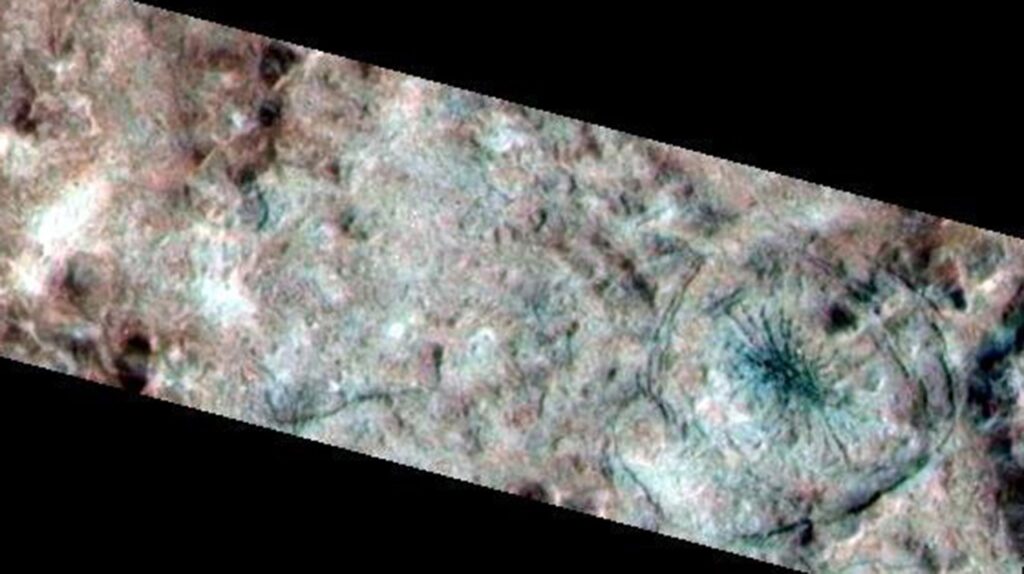Effect Of Mantle Oxidation State And Escape Upon The Evolution Of Earth's Magma Ocean Atmosphere

The magma ocean period was a critical phase determining how Earth atmosphere developed into habitability.
However there are major uncertainties in the role of key processes such as outgassing from the planetary interior and escape of species to space that play a major role in determining the atmosphere of early Earth.
We investigate the influence of outgassing of various species and escape of H2 for different mantle redox states upon the composition and evolution of the atmosphere for the magma ocean period. We include an important new atmosphere-interior coupling mechanism namely the redox evolution of the mantle which strongly affects the outgassing of species. We simulate the volatile outgassing and chemical speciation at the surface for various redox states of the mantle by employing a C-H-O based chemical speciation model combined with an interior outgassing model. We then apply a line-by-line radiative transfer model to study the remote appearance of the planet in terms of the infrared emission and transmission. Finally, we use a parameterized diffusion-limited and XUV energy-driven atmospheric escape model to calculate the loss of H2 to space.
We have simulated the thermal emission and transmission spectra for reduced or oxidized atmospheres present during the magma ocean period of Earth. Reduced or thin atmospheres consisting of H2 in abundance emit more radiation to space and have larger effective height as compared to oxidized or thick atmospheres which are abundant in H2O and CO2. We obtain the outgassing rates of H2 from the mantle into the atmosphere to be a factor of ten times larger than the rates of diffusion-limited escape to space. Our work presents useful insight into the development of Earth atmosphere during the magma ocean period as well as input to guide future studies discussing exoplanetary interior compositions.
Nisha Katyal, Gianluigi Ortenzi, John Lee Grenfell, Lena Noack, Frank Sohl, Mareike Godolt, Antonio García Muñoz, Franz Schreier, Fabian Wunderlich, Heike Rauer
Comments: 26 pages, 15 figures, accepted for publication
Subjects: Earth and Planetary Astrophysics (astro-ph.EP); Atmospheric and Oceanic Physics (physics.ao-ph); Geophysics (physics.geo-ph)
Journal reference: Astronomy and Astrophysics 2020
Cite as: arXiv:2009.14599 [astro-ph.EP] (or arXiv:2009.14599v1 [astro-ph.EP] for this version)
Submission history
From: Nisha Katyal
[v1] Wed, 30 Sep 2020 12:25:28 UTC (5,233 KB)
https://arxiv.org/abs/2009.14599
Astrobiology








